Gartner’s Magic Quadrant For Industrial IoT: The Top 16 Vendors In 2019
Gartner details the strengths and weaknesses of 16 market-leading industrial IoT platform vendors in its latest Magic Quadrant For Industrial IoT report.

Industrial IoT Market Still Nascent But Growing
The industrial Internet of Things market is still in its early stages, but it's ripe for growth in the coming years if the figures from research firm Gartner are any indication. That means big opportunities for the IIoT vendors featured in Gartner's 2019 Magic Quadrant For Industrial IoT market report.
These IIoT vendors, which Gartner identified as visionaries and niche players in its report, will have to contend for the growing number of industrial enterprises that have full, on-premises deployments of IIoT platforms, which is projected to grow to 30 percent by 2023 from 15 percent this year.
[Related: How 4 Distributors Are Helping Solution Providers Scale IoT Projects]
For Gartner's latest IIoT report, the firm identified the top 16 vendors of 2019, an increase from the 11 vendors it featured last year. The firm said it dropped SAP's IIoT platforms from the report because the company dropped its IoT Device Management solution. Vendors that didn't meet Gartner's criterion for the report included ABB, Amazon Web Services, Huawei, Microsoft, Schneider Electric and Siemens.
"It is important to note that the exclusion of any vendor from this market evaluation is not a de facto assessment that the excluded vendor cannot provide value to industrial enterprises," Gartner said.
What follows is an overview of the top 16 IIoT vendors who made Gartner's 2019 Magic Quadrant For Industrial IoT, along with the assessments of each company's strengths and weaknesses.

Industrial IoT Research Methodology
Gartner defines an IIoT platform as a set of integrated software capabilities that improve "asset management decision making and operational visibility and control for plants, infrastructure and equipment within asset-intensive industries and environments." In its evaluation, the firm looked at three asset-intensive industries: transportation, utilities and manufacturing and natural resources.
To qualify for Gartner's Magic Quadrant, vendor's platforms must have capabilities for device management, integration, data management, analytics, security and application enablement and management. Important qualities include extensibility with both operational technology and IT applications, reliability and resilience and the ability to run applications in on-premises servers.
Gartner ranks vendors in its Magic Quadrant based on their ability to execute and the completeness of their vision, placing them in four categories: Niche Players (low on vision and execution), Visionaries (good vision but low execution), Challengers (good execution but low vision) and Leaders (excelling in both vision and execution). Only three vendors were named Visionaries while the rest were considered Niche Players in the company's latest report on the IIoT market.
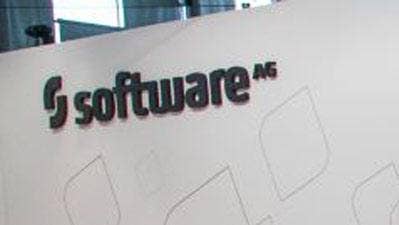
Visionary: Software AG
The German vendor was among the three visionaries named in Gartner's report, slightly below PTC in terms of ability to execute while ahead of the competitor in terms of vision. The company's Cumulocity IoT platform provides device management, smart rules, cockpit and preconfigured IIoT applications as well as optional components such as real-time analytics, enterprise and cloud integration and data and API management. The platform was created first through Software AG's acquisitions of Cumulocity and webMethods, but the company has made further investments into the platform through a rapid-release approach, with new versions coming out every two weeks. Some 50 percent of its IIoT revenue comes from its more than 55 reseller partners, which include systems integrators, professional services firms, smart device manufacturers and telecommunications firms.
Strength: Software AG's customers are usually satisfied or completely satisfied with their overall Cumulocity experience.
Weakness: Software AG's technical service and support efforts for Cumulocity continue to be a source of dissatisfaction for customers.
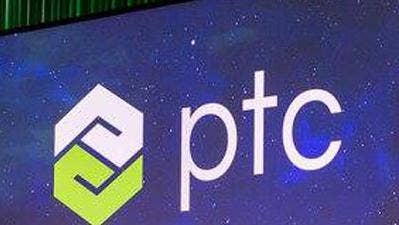
Visionary: PTC
The Boston-based vendor's ThingWorx platform focuses on assess monitoring, predictive maintenance and asset utilization solutions, building upon its strong experience of working with assets across vertical markets. ThingWorx gives companies the ability to run the platform in the cloud, in an on-premises deployment or in a hybrid environment. The platform can also hook into existing cloud and IIoT environments for Microsoft Azure IoT Hub, AWS IoT and Rockwell Automation's FactoryTalk. ThingWorx was built through a string of acquisitions, including ThingWorx itselt, ColdLight, Kepware and Vuforia. To sell the platform and support expanded applications, the company relies on a global ecosystem of IIoT-focused technology partners, solution providers and global systems integrators.
[Related: 6 Of The Biggest Announcements From PTC’s LiveWorx 2019]
Strength: Customers have given ThingWorx high marks for its overall experience, most notably for its integration and application enablement and management capabilities.
Weakness: Customers believe the pricing for PTC's ThingWorx Enterprise Edition is 20-50 percent more expensive than competitors for both cloud-based and full on-premises deployments.
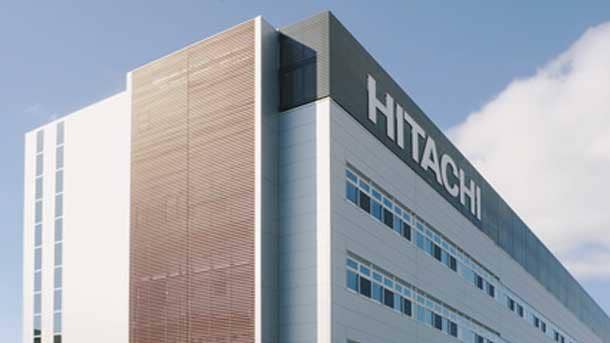
Visionary: Hitachi
Through its subsidiary Hitachi Vantara, the Japanese vendor's Lumada platform offers an end-to-end solution for on-premises and cloud-deployments for asset-intensive industries like manufacturing, transportation, energy and utilities. The company's acquisition of Rean Cloud last year armed the vendor with the ability to offer different types of IoT-enabled cloud managed services for key verticals such as smart cities and heavy industrial sectors. Lumada's digital twin capability comes in the form of a feature called "Asset Avatars," which focuses on asset monitoring and alerting features. The platform also supports application-based outcomes with Lumada Maintenance Insights. Hitachi sells Lumada through several avenues, including its subsidiaries, offering the platform as an appliance, software subscription solution or service. One of Lumada's primary ways to the market is through a white-box solution embedded into products made by Hitachi's various subsidiaries.
Strength: Hitachi can offer Lumada as both a complete platform or a curated solution in partnership with various OEM providers for asset-intensive industries like manufacturing, utilities and oil and gas.
Weakness: Hitachi's reseller program for Lumada channel partners is not competitive, limiting the availability of sales and services resources.
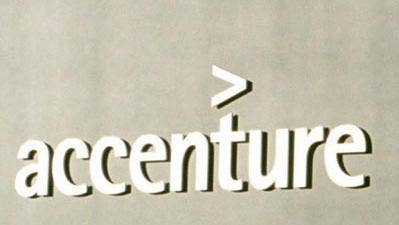
Niche Player: Accenture
Out of the 13 Niche Players in Gartner's report, Accenture was the farthest ahead in terms of execution and vision, exhibiting greater strength on the latter side. The Dublin-based company's Connected Platform as a Service platform comes with off-the-shelf applications in transport, spaces, operations and commerce while also providing custom configurations for customer needs. The platform is available for on-premises, infrastructure as a service on any cloud and distributed edge-to-cloud options.
Strength: Accenture has a track record of taking customers from proof of concept to production-scale deployments.
Weakness: Accenture's developer portal for its Connected Platform as a Service is by invite only and doesn't have a market-facing program for developers.
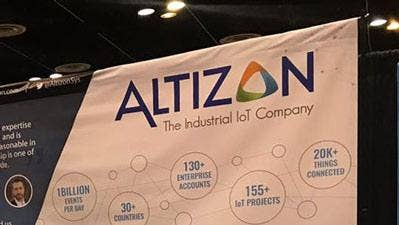
Niche Player: Altizon
Altizon's Datonis platform is a hybrid, multicloud, standalone software platform that can be configured for industrial production and business operations, deployment options ranging from on-premise and infrastructure as a service on any cloud to Amazon Web Services and Microsoft Azure. The India-based company's largest strengths are industrial asset monitoring and related analytics across automotive and chemical manufacturers, oil and gas. Use cases include overall equipment effectiveness and condition-based monitoring for line speed optimization, throughout improvement and energy consumption.
Strength: Datonis has been used successfully to bridge IT and operational technologies for industrial use cases related to production processes, operations management and business planning and logistics.
Weakness: The company's channel partner efforts are not a strong point, limiting the number of companies capable of selling its platform.
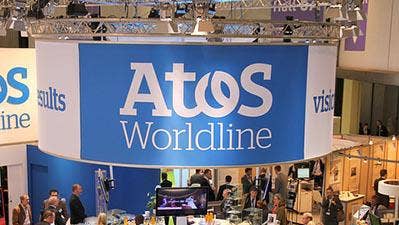
Niche Player: Atos
The Bezons, France-based company's Atos Codex IoT platform relies on a mix of open-source software and software from third-party independent software vendors for things like analytics. By using this "best-of-breed" approach, the company provides a competitive overall product that is easy to use, deploy and implement. The platform's features include the Codex Connectivity Platform, the Codex Cloud Industrial Supervision for edge computing and the Codex IoT Services Hub. The company has benefitted from its partnership with Siemens to tackle manufacturing and transportation.
Strength: As a Siemens partner, Atos offers the Siemens MindSphere platform, allowing the company's own platform to focus on legacy industrial control systems.
Weakness: The company is limited in scope on the OEM side, mainly focusing on Siemens solutions.
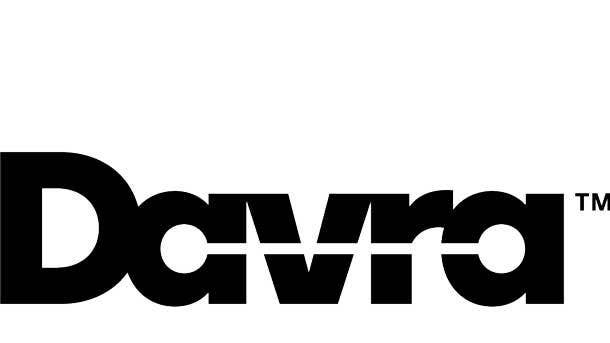
Niche Player: Davra
The Sunnyvale, Calif.-based company's IIoT platform runs the gamut in terms of functionality, using a range of open-source components, such as TensorFlow for machine learning, Docker and Node.js for device management and OpenID and Passport.js for security. The platform's capabilities with cloud and on-premises deployments is identical, allowing the company to target a wide range of use cases and environments. Demonstrated strengths include asset monitoring and predictive maintenance. The company's go-to-market strategy is largely focused on sales through partners.
Strength: The company generally receives high markets from customers for service and support, specifically with its ability to provide timely and high-quality responses to issues.
Weakness: The company's platform does not have packaged applications that some competitors use to sell to resource-constrained enterprises.
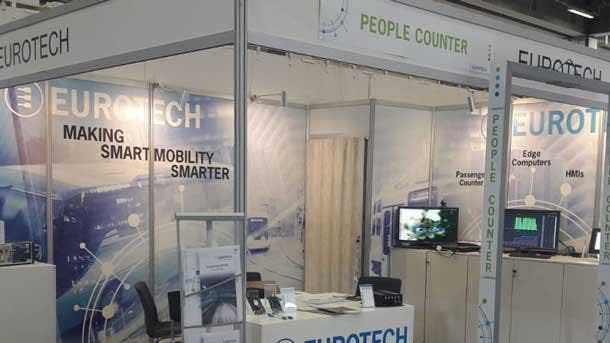
Niche Player: Eurotech
The Italian vendor's IIOT offerings are focused around two off-the-shelf platform integration capabilities: Everyware Software Framework for edge computing and Everyware Cloud, which is the company's data-center-level platform for cloud and on-premises environments. The platforms are based on the open-source Eclipse Kura and Eclipse Kapua projects, respectively. The company also provides IoT gateways for machine-to-machine and IOT connectivity for connecting operational technology assets to IT. Another strength is the company's technology partnerships, which includes one with VMware to allow companies to monitor and manage their edge infrastructure using vSphere virtualization.
Strength: The platforms can easily integrate with other vendors at the edge or in the cloud thanks to their open-source Eclipse foundations.
Weakness: The company's platform lacks a broad and deep analytics capability, and the existing offering has received poor marks from customers.
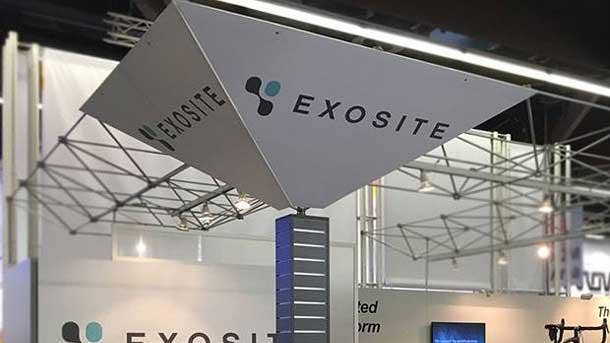
Niche Player: Exosite
The Minneapolis, Minn.-based vendor's Murano platform provides a full range of IIoT capabilities, going from application enablement and integration to analytics and device management — through a combination of open-source and third-party components. The company's strength, however, is in its cloud-based analytics applications for use cases like asset maintenance and connected products. Murano is provided as a managed service on public cloud infrastructure like Amazon Web Services and Microsoft Azure, though it can support on-premises deployments via containerization and its Exosite Gateway Engine. The company largely goes to market through OEMs.
Strength: Customers have lauded Murano for its ease of use, specifically when it comes to application enablement, analytics and administration capabilities.
Weakness: The platform uses the Lua scripting language, which is not as popular as other scripting languages, creating a potential impediment for more customized use of the platform.
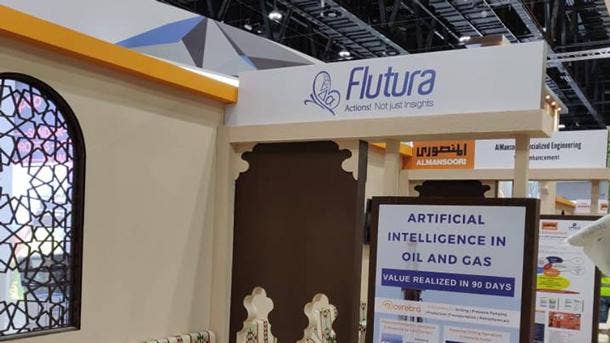
Niche Player: Flutura
The Houston, Texas-based company's Cerebra platform has a strong offering around analytics, thanks to its vertical-specific nano apps that target operations within a specific asset. The platform can run analytics with interactive queries, expert knowledge rule systems, physics-based models, hypothesis testing and machine learning, with the ability to view results in an interactive chart or table. The platform also comes with real-time streaming analytics and device management capabilities. It supports protocols such as HTTPS, MQTT and UDP as well as OPC connectors and programmable logic controller drivers for IoT edge messaging and communications. The company's three main focuses are the specialty chemicals, oil and gas and industrial machinery verticals. Part of its go-to-market strategy is to complement software capabilities of technology partners like Hitachi and Microsoft.
Strength: Flutura has demonstrated with multiple customers that Cerebra can easily integrate into IT and operational technology applications.
Weakness: Flutura's device management feature set does not come with essential capabilities.
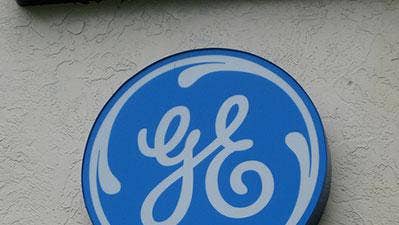
Niche Player: GE Digital
The San Ramon, Calif.-based vendor's Predix platform comes with capabilities for connecting assets, aggregate sensor data and analyzing that data to generate business insights. The company supports cloud deployments through partnerships with companies like Microsoft Azure and on-premises deployments with Predix Private Cloud. The Predix platform is composed of components developed in-house, such as data asset models and analytic engines, and components that were acquired, such as machine learning and data visualization. In December 2018, parent company General Electric announced that it would spin out Digital as a standalone, GE-owned business, but the company's future investment of Predix remains in flux due to ongoing changes at GE.
Strength: Customers report high satisfaction for Predix and its agent release management for IoT and operational technology endpoints.
Weakness: Predix's product roadmap faces uncertainty due to ongoing changes to the company's executive management, structure and go-to-market strategy.
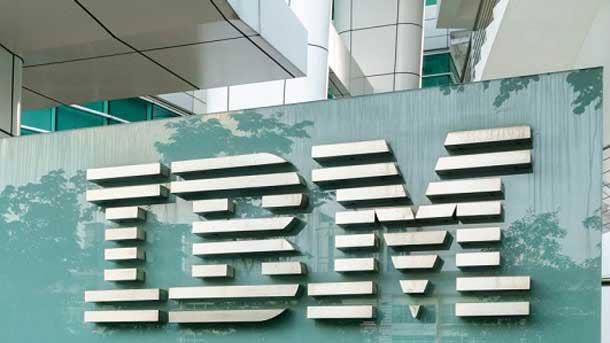
Niche Player: IBM
Armonk, N.Y.-based Big Blue provides a full range of IIoT functionality with its Watson IoT Platform, which can be deployed as a managed cloud service on IBM Cloud or on-premises. Using the Node-RED open-source programming language, customers can build custom services on top of the platform. One of the platform's key differentiators is its analytics and artificial intelligence capabilities, which includes things like deep learning, acoustic analytics and computer vision. Watson IoT supports a broad range of vertical industries across industrial, consumer and commercial segments.
Strength: Most customers give IBM high marks for Watson IoT support and strategic guidance to help with justifying, planning and delivering projects.
Weakness: From a development and integration standpoint, Watson IoT requires a significant amount of overhead to bring deployments to completion.
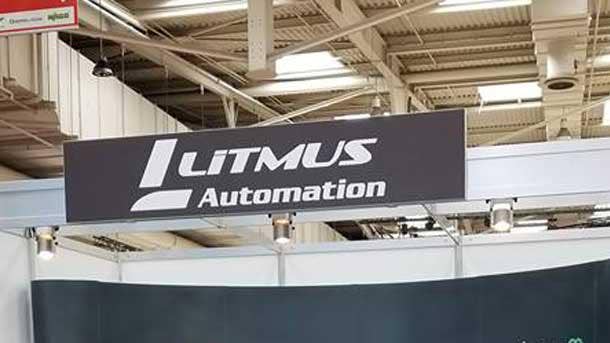
Niche Player: Litmus Automation
The San Jose, Calif.-based company's Loop IoT Platform is a cloud-independent platform that combines in-house software, open-source components and modules from partners. The platform is divided into LoopEdge, which provides the edge gateway, device management and connectivity and cloud connectivity, and Loop, which provides the core IoT platform and can integrate with Microsoft Azure or Siemens MindSphere for digital twins. The platform also supports integration with a variety of industrial devices and software systems such as SAP, MongoDB and Tableau.
Strength: Loop's pricing has encouraged customers to adopt the platform.
Weakness: Some customers say Litmus Automation doesn't have enough IT and OT system integrators that can help plan, build and run solutions on top of Loop.
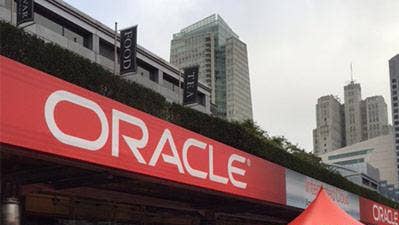
Niche Player: Oracle
The Redwood City, Calif.-based vendor's Oracle IoT Cloud Service focuses on business applications over the underlying technology, supporting key applications such as IoT asset monitoring, production monitoring, fleet monitoring and service monitoring. The platform comes with out-of-the-box integrations to Oracle and third-party enterprise software such as enterprise resource planning, supply chain management and customer experience applications. The platform's capabilities include data management, IoT analytics, built-in integrations with maintenance management systems and other systems, and custom dashboards and application extensibility for domain-specific user interfaces. The platform can run on Oracle Cloud as well as on-premises servers.
Strength: Oracle takes an application-centric approach to IoT, enabling faster implementation, ease of management and out-of-the-box connectivity to middleware and enterprise applications.
Weakness: Oracle's application-centric approach means less flexibility.
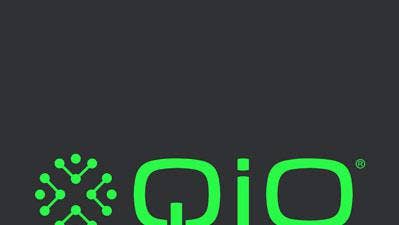
Niche Player: QiO
The United Kingdom-based vendor's Foresight Platform is a cloud-independent platform that stands out with its analytical digital twin that models, predicts and simulates the status of industrial assets. The platform, which is made up of open-source components and OEM technology building blocks, comes with key IIoT platform functionality as well as purpose-built application templates that can accelerate IoT deployments. It can also integrate with both IT and operational technology systems. Supported use cases include asset monitoring, warranty management and predictive maintenance.
Strength: QiO earmarks 60 percent of Foresight Platform revenue for research and development.
Weakness: Not many customers use the platform's device management and data management capabilities.

Niche Player: ROOTCLOUD
The Guangzhou, China-based company was incubated by heavy machinery company Sany Heavy Industry and its platform offerings consist of ROOTCLOUD Platform and ROOTCLOUD Edge. ROOTCLOUD Platform's capabilities include real-time data collection, asset performance management, product lifecycle management, intelligence services and big data analytics while ROOTCLOUD Edge acts as the platform's on-premises counterpart. One of the platform's major differentiators is its ability to integrate disparate industrial control systems, supporting a wide range of industrial protocols for everything from programmable logic controllers to computer numerical controlled routers.
Strength: The platform has solid API and protocol data integration support for various kinds of machinery.
Weakness: There is only one third-party software development kit for gateway integration that is supported by the platform.